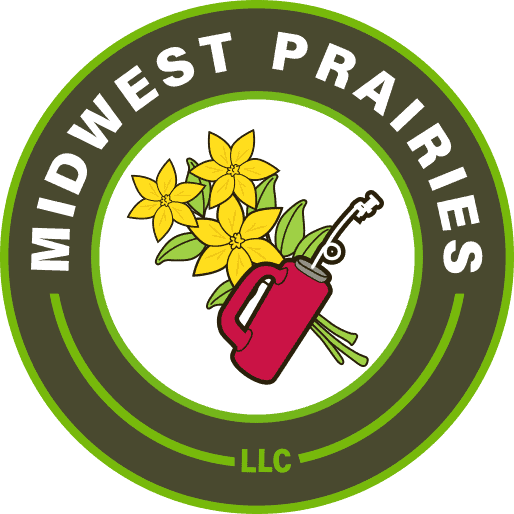Habitat Restoration
Habitat Restoration
Our Woodlands are deteriorating
At the time of settlement, southern Wisconsin was a mosaic of prairies, savannas, wetlands and woodlands. These habitats were utilized and maintained by Native Americans for thousands of years. They used fire regularly, often burning thousands or even millions of acres across the North American continent every year. This created wonderful habitat for the major herbivores: deer, bison, and elk. These animals occurred in abundance throughout the Midwest, including southern Wisconsin. They grazed, browed, and transported seeds for miles. In turn, the activities of these large animals further modified the landscape and encouraged the development of ecosystems that were extraordinary in their productivity and diversity.
At the time of settlement, southern Wisconsin was a mosaic of prairies, savannas, wetlands and woodlands. These habitats were utilized and maintained by Native Americans for thousands of years. They used fire regularly, often burning thousands or even millions of acres across the North American continent every year. This created wonderful habitat for the major herbivores: deer, bison, and elk. These animals occurred in abundance throughout the Midwest, including southern Wisconsin. They grazed, browed, and transported seeds for miles. In turn, the activities of these large animals further modified the landscape and encouraged the development of ecosystems that were extraordinary in their productivity and diversity
Today, this first-ever prairie restoration is known as the Curtis Prairie and is open to the public. Those of us engaged in this work are in debt to these men
There are so many options in a healthy ecosystem that food can always be found even when several crops failed. They did not harvest all the trees at once, because they knew they would need more in years to come. A healthy ecosystem then, does not happen on its own; it does not result from good intentions; it does not benefit particularly from nostalgic impulses; and it does not depend on human disengagement. On the contrary, it depends on its human caretakers to find a balance between the needs of the natural community and their own needs. We should not be ashamed to consider our own needs as some are. And we should not ignore the needs of nature as some do. But as the great philosopher, writer and naturalist Aldo Leopold said, “A thing is right when it tends to preserve the integrity, stability and beauty of the biotic community. It is wrong when it tends otherwise.”

